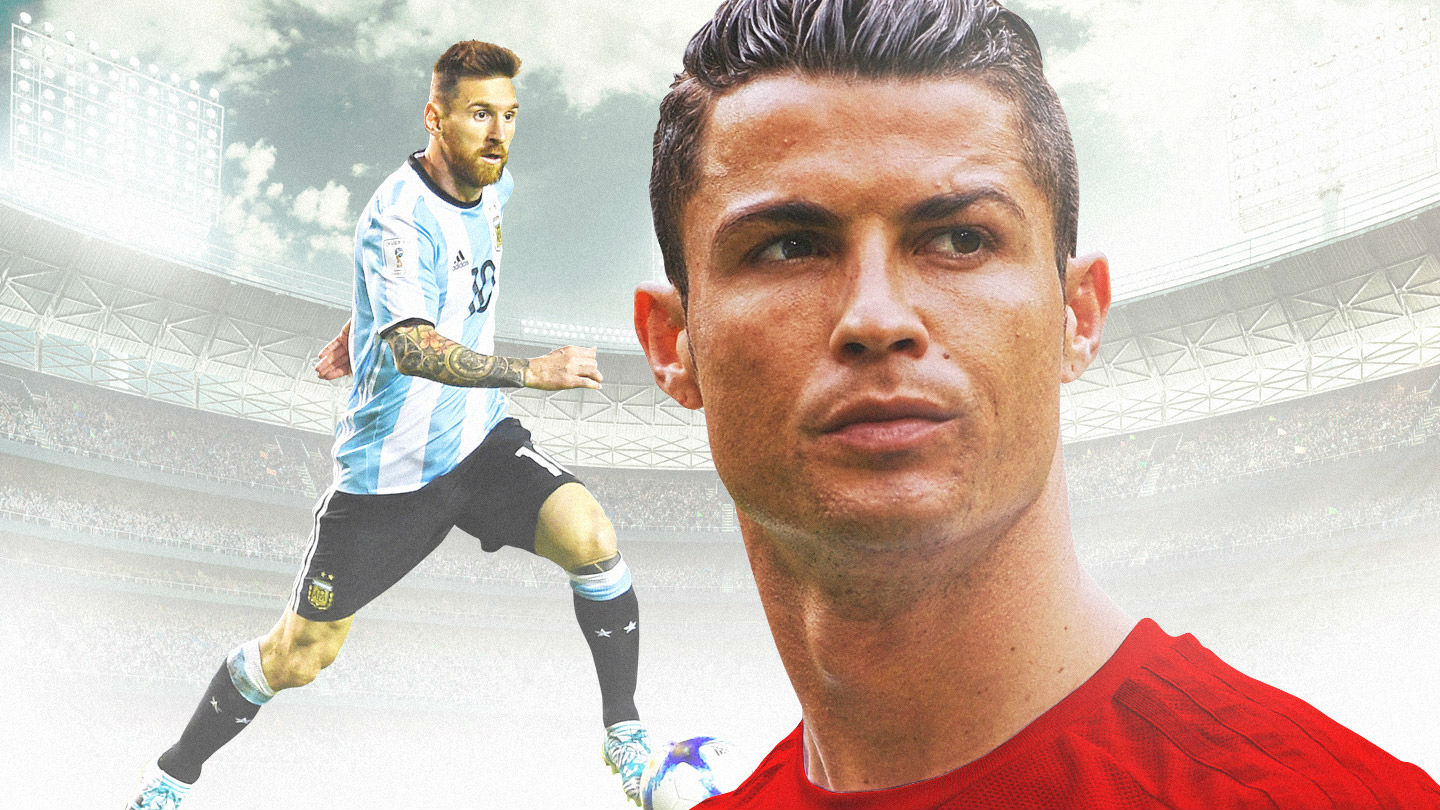GOAL SCORING
Messi scores goals. Lots and lots and lots of goals – more than 600 for club and country during his career. At age 30, he’s already one of the most dangerous, prolific and consistent goal scorers the sport has ever known. He wastes few chances, rarely snatching at his shots. Instead, he waits for the goalkeeper to commit himself before sticking the knife in.
Messi joined Barcelona as a 13-year-old, continuing his soccer education at the club’s famous youth academy, La Masia. It was there that he refined his goal-scoring instincts, drawing plaudits from coaches and teammates, including Victor Vazquez. The Barcelona-born midfielder cut his teeth at La Masia, playing alongside Messi before graduating to the senior team for a brief spell. Today, Vazquez plays for Toronto FC in MLS, and he continues to marvel at his close friend’s goal-scoring exploits.
“He can do everything. Sometimes you expect he’s going to dribble to the right and then he turns to the left. He has many things to [influence] the game, many ways to score,” Vazquez told Sportsnet.
Nicknamed the La Pulga Atómica (“The Atomic Flea”), Messi is renowned for his agility and speed, and ability to evade defenders when he goes on one of his slalom-like, dribbling runs. He’s a left-footed genius who can score so many different ways.
Defenders often try to close down the space in front of him and tackle him as soon as he touches the ball. Sometimes it works, and it can seem like Messi is anonymous during a game. But he remains focused at all times, patiently waiting out defenders for the moment when they forget about him. That’s all he needs – just a split second, a tiny, sliver of space. Then he strikes, as Iran discovered to its peril at the 2014 World Cup when Messi scored an injury-time winner.
Teams try to gang up on him, using three or four players to box him into a tight space near the sidelines. This is when we see the master dribbler at his very best, taking opponents on in full flight, cutting in off the wing, leaving a trail of defenders in his wake as he heads towards goal and smashes a low piledriver past the goalkeeper.
Free kicks? Messi has mastered the art. He’s not the most accurate free kick-taker in the world, but he almost always hits the net, keeping goalkeepers guessing with his trademark curlers from long distances that dip and bend over the defensive wall, and sail into the back of the net.
Although not renowned for his aerial ability, the diminutive Argentine can generate a lot of power when he launches himself in the air to connect on a header, like he did when he majestically scored against Manchester United in the 2009 Champions League final.






